This article offers essential strategies for hyper casual game developers to attract and retain users and playtime in mobile games.
Reducing customer churn is key for sustainable growth, as retaining users is more cost-effective than acquiring new ones.
The suggested tactics include enhancing customer support, offering long-term contracts, gathering feedback, providing excellent service, proactive communication, roadmap creation, incentives, churn analysis, subscription analytics, and thoughtful onboarding.
Implementing these strategies can increase customer retention, ultimately driving revenue and expansion.
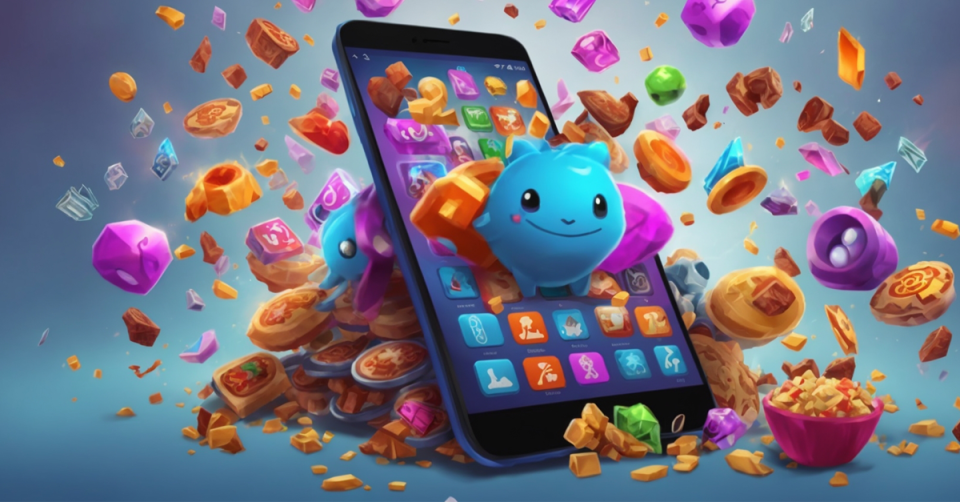
Dealing with churn presents a challenge, especially in the hyper casual game realm where player retention tends to be lower compared to other genres.
While the average seven-day retention rate hovers around 20% for mobile games, hyper casual games frequently encounter rates dropping below 10%.
Table of Contents
Inherent and cultivated Strategies for more Game Retention
Players will be able to come back to gameplay and we can raise engagement by cultivating strategic approaches, as we will demonstrate in this section.
Cultivated Strategies:
In order to boost downloads and retention in games, companies usually employ a number of strategies that are unrelated to the core of the game including these ways:
Daily, weekly, and monthly Login Rewards and Challenges:
To achieve these, developers can employ two key tactics. Firstly, implement daily tasks, challenges, and rewards that encourage players to log in regularly. These short-term goals provide a reason to return daily and engage with the game.
Additionally, integrating Daily in-game item updates and offers coupled with a menu notification bubble: a simple yet effective combination. Providing a daily free item in your store naturally draws players (who can resist freebies?). Meanwhile, the menu notification bubble serves as an occasionally annoying yet highly effective reminder.
By consistently updating your store’s offerings, you create an incentive for players to return and explore new items. Players are drawn to a conspicuous ‘FREE’ notification in the lower-left corner of the screen. Upon clicking, they can collect their daily free gems at the shop, with the option to earn more through rewarded videos or in-app purchases.
Achievements
Achievements in hypercasual games provide a visceral and enjoyable experience. It is necessary to be designed to be rewarding and exhilarating, adding a sense of satisfaction to the gameplay.
Frequently, outstanding game design recognizes and rewards players’ achievements when they conquer a particular challenge or reach significant milestones within the game.

Live Events
To enhance player engagement, consider organizing time-limited live events and special game modes. These events offer exclusive content, rewards, and challenges, encouraging players to participate and play more. Recurring live events and unique game modes further contribute to keeping players engaged and immersed in the game.
Intrinsic solutions:
In order to boost downloads and retention, developers often employ an array of strategies related to the core of the game including:
Player Customization, Collectibles, and Avatar Personalization in Gaming
To enhance daily engagement strategies, it’s essential to offer players opportunities for self-expression and personalization within the game. This can be achieved through customization and collectibles:
Customization and Collectibles: Introduce customization options or collectible items that players can earn or purchase, allowing them to personalize various aspects of their in-game characters, items, or environments.
This includes altering character appearances, decorating homes or bases, selecting skins or outfits, and more. These features empower players to express their unique style and preferences within the game.
Avatar: The customizable character or representation of the player in the game.
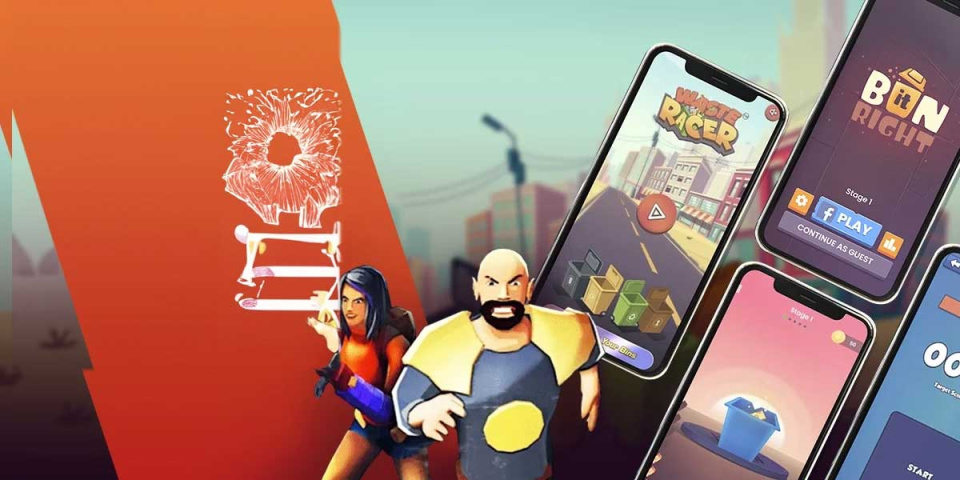
Long-Term Goals
Offer long-term objectives that require sustained play over weeks or months. This could involve building a virtual empire, completing a lengthy quest, or achieving a high rank on a global leaderboard.
Leaderboard
Leaderboards can be a fun way to drive competition among your players, both for your most hardcore fans (who will be fighting for the top spot in a public leaderboard) and for your more casual players (who will be interested in comparing their progress with their friends). To elucidate it is a ranking system that shows the top players based on various in-game metrics.
Dynamic Difficulty Adjustment (DDA)
Implement adaptive difficulty levels that adjust based on player performance. This ensures that the game remains challenging enough to hold their interest without becoming frustrated. Where the game assesses the player’s current state and automatically adjusts the difficulty to bring the player into a more desirable state.
Despite that, one possibility is to track how many different game mechanics there are in the game and how often the player uses each one. This can be done on a general scale or on a goal-by-goal basis, depending on whether the game is level-based, goal-based or has a loose structure.
Even if the game does not use levels, the designer should somehow separate the measurements. Games like Clash of Clans and Simpsons Tapped Out have a looser structure: the player can place buildings where they like within a defined area, but they still have to go through levels.
In those cases, the goal of the game could be achieving levels. Other games with a loose structure gradually expand the area of the player’s base/castle/city. In those cases, the goal could be the act of expanding. If the game has both level and expansion mechanics that delimit the goals, you can compare the complexity of the different types of goals to each other.
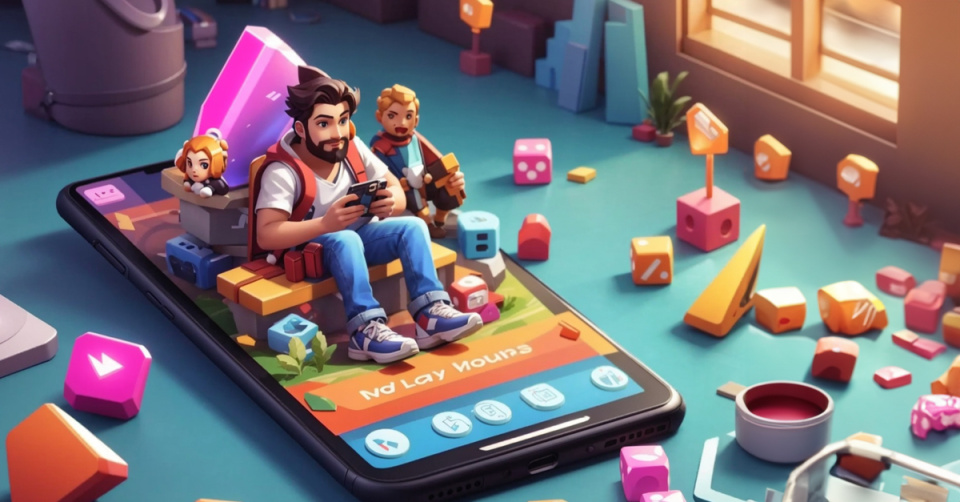
Gacha/Gacha System (Gacha vs. Loot Boxes)
The term “gacha” originates from Japan, referring to toy vending machines called Gachapon. Gacha games are known for their addictiveness, driven by the excitement and emotional roller coasters they provide.
This is a mechanic where players spend in-game currency to receive random virtual items or characters. The items players can receive from loot boxes can also be obtained in different ways, e.g., by making in-app purchases.
When players are collecting resources to use gacha, they experience anticipation. To explain the appeal of gacha, we need to dive into gameplay psychology.
The gacha system can be a valuable monetization strategy for mobile games and can boost IAP monetization. As they wait to see what they will receive, they feel tension. Therefore, Gacha games can be very, very addictive. This is both their biggest benefit and their biggest drawback.
Finally, when the results are disclosed, players can sense release. It’s a powerful rollercoaster of emotions that makes players come back for more.
There is some Gacha System and one of them is Loot boxes. Loot boxes are in-game boxes or chests that provide players with randomized rewards. For example, items, skins, and currency. Both gachas and loot boxes bring players randomized items of different rarity levels. Also, both of them require fuel to get them going – either in-game currency or real money. Essentially, all gachas are loot boxes. However, not all loot boxes are gachas.
Resource Management
Incorporate resource management mechanics that encourage players to strategize and plan their actions. Balancing limited resources can lead to longer play sessions.
Exploration and Discovery
Create expansive game worlds with hidden secrets, easter eggs, and areas to explore. Encourage players to spend more time in your game by rewarding their curiosity.
Time-Limited Mechanics
Introduce mechanics that require players to wait for specific actions to be completed. These could include energy or stamina systems that replenish over time, encouraging players to return later.
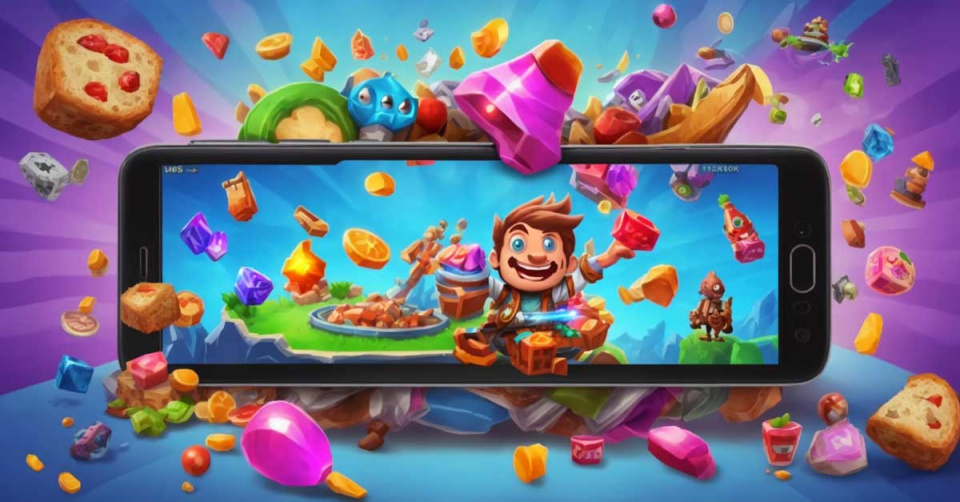
Live Content Updates
Continuously add new content, features, and expansions to the game. Announce upcoming updates to generate anticipation and give players reasons to keep coming back.
Feedback and Interaction
Provide interactive elements that respond to player actions and choices. The feeling of agency and the game’s responsiveness can increase engagement and immersion. Remember that player engagement is an ongoing process. Regularly analyze player behavior, collect feedback, and iterate on your game to provide a dynamic and fulfilling experience that keeps players engaged over the long term.
XP (Experience Points)
Points are earned by playing the game to level up and unlock new content or abilities. XP, short for experience points, is a common feature in many video games. XP is earned by completing various tasks or objectives within the game, such as defeating enemies, completing quests, or exploring new areas. The accumulation of XP is used to represent a player’s progress and level of expertise within the game.
XP is often displayed as a numerical value that increases as the player earns more points. Once a player accumulates enough XP, they will level up, which typically comes with benefits such as increased health, access to new abilities or items, or other rewards.
XP can also be used to unlock new areas within the game or to progress through the game’s storyline. Some games allow players to allocate their earned XP to different attributes, such as strength, agility, or intelligence, allowing them to customize their character’s abilities and playstyle.
PvP (Player vs. Player)
Game modes where players compete against each other. In most cases, there are vast differences in abilities between players. PvP can even encourage experienced players to immediately attack and kill inexperienced players. PvP is often referred to as player killing in the cases of games that contain but do not focus on such interaction.
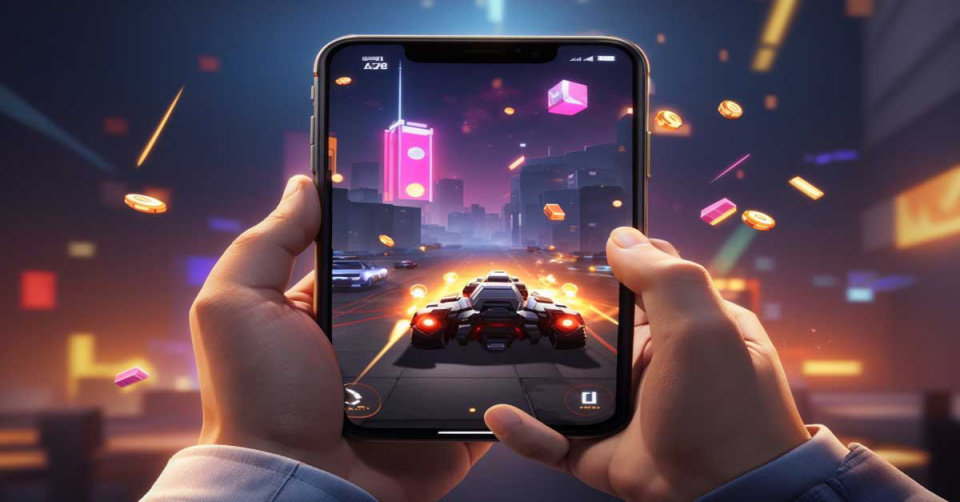
PvE (Player vs. Environment)
Game modes where players cooperate to defeat computer-controlled enemies.
Player Versus Environment, or PvE, is a term used in online games, particularly MMORPGs, CORPGs, MUDs, and other online computer role-playing games, to refer to fighting computer-controlled enemies in contrast to PvP (player versus player).
Usually, a PvE mode can be played either alone, with human companions or with AI companions. The PvE mode may contain a storyline that is narrated as the player progresses through missions. It may also contain missions that may be done in any order. For example, Guild Wars narrates its story by displaying in-game cut scenes and dialogue with non-player characters (NPCs). To enhance reliability, missions can often be completed many times.
Characters playing in this mode are often protected against being killed by other players and/or having their possessions stolen. An example of a game where this is not the case is Eve Online, where players can be, and often are, ambushed by other human players player versus player while attempting to complete a PvE mission.
Referral/Invite Codes
Codes that players can share with others to receive bonuses for recruiting new players.
Think about including community building: Players love helping each other out. So you can use things like guilds to add rewards and missions for collaboration. Chat functionality is a good idea as well.
Quests/Missions
A quest, or mission, is a task in video games that a player-controlled character, party, or group of characters may complete in order to gain a reward. Rewards may range from loot to in-game currency, access to new levels or areas, and even an increase in experience to learn new skills and abilities.
That means Tasks or objectives that players must complete to progress in the game.
Therefore, These are just a few examples, and there are many other terms specific to certain genres or mechanics of mobile games for more downloads and retention in the Mobile Games industry. Mobile gaming is constantly evolving, and new words and features may emerge as the industry progresses.
